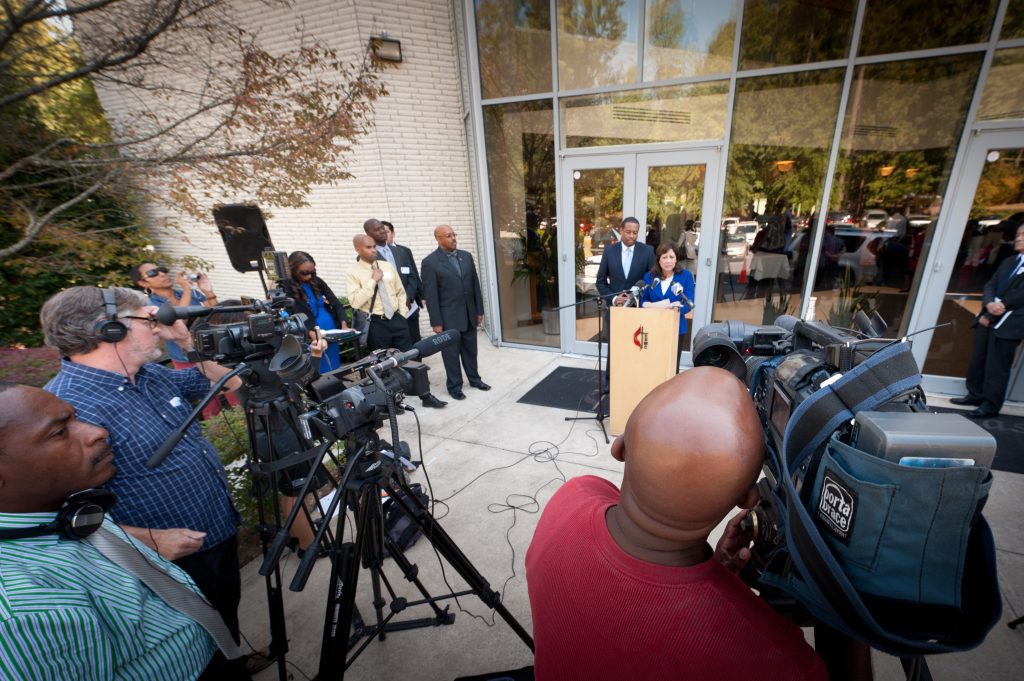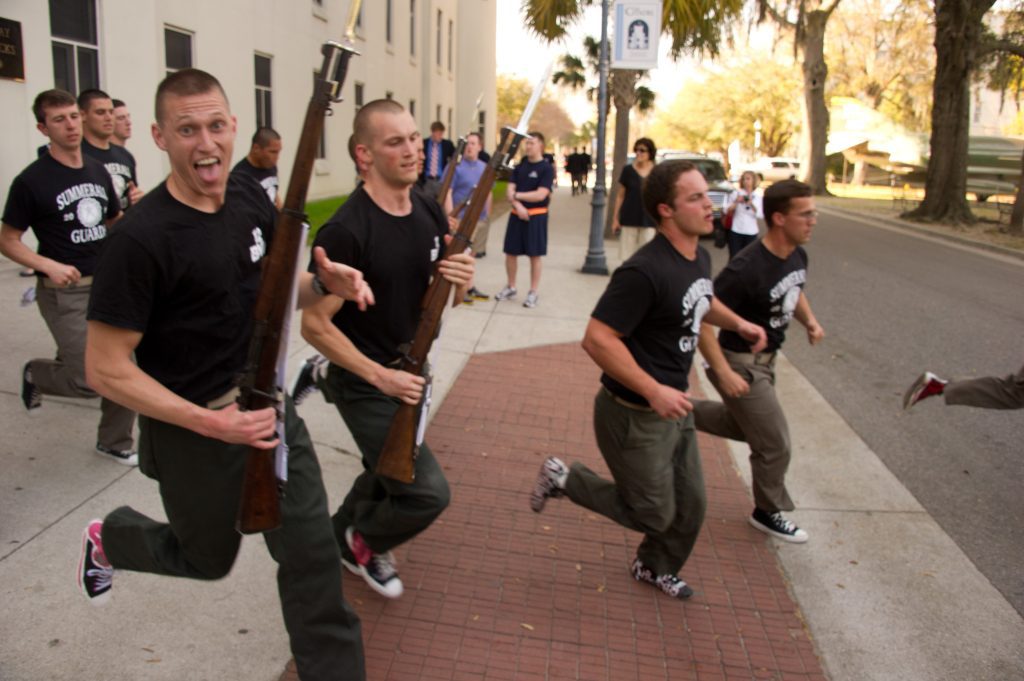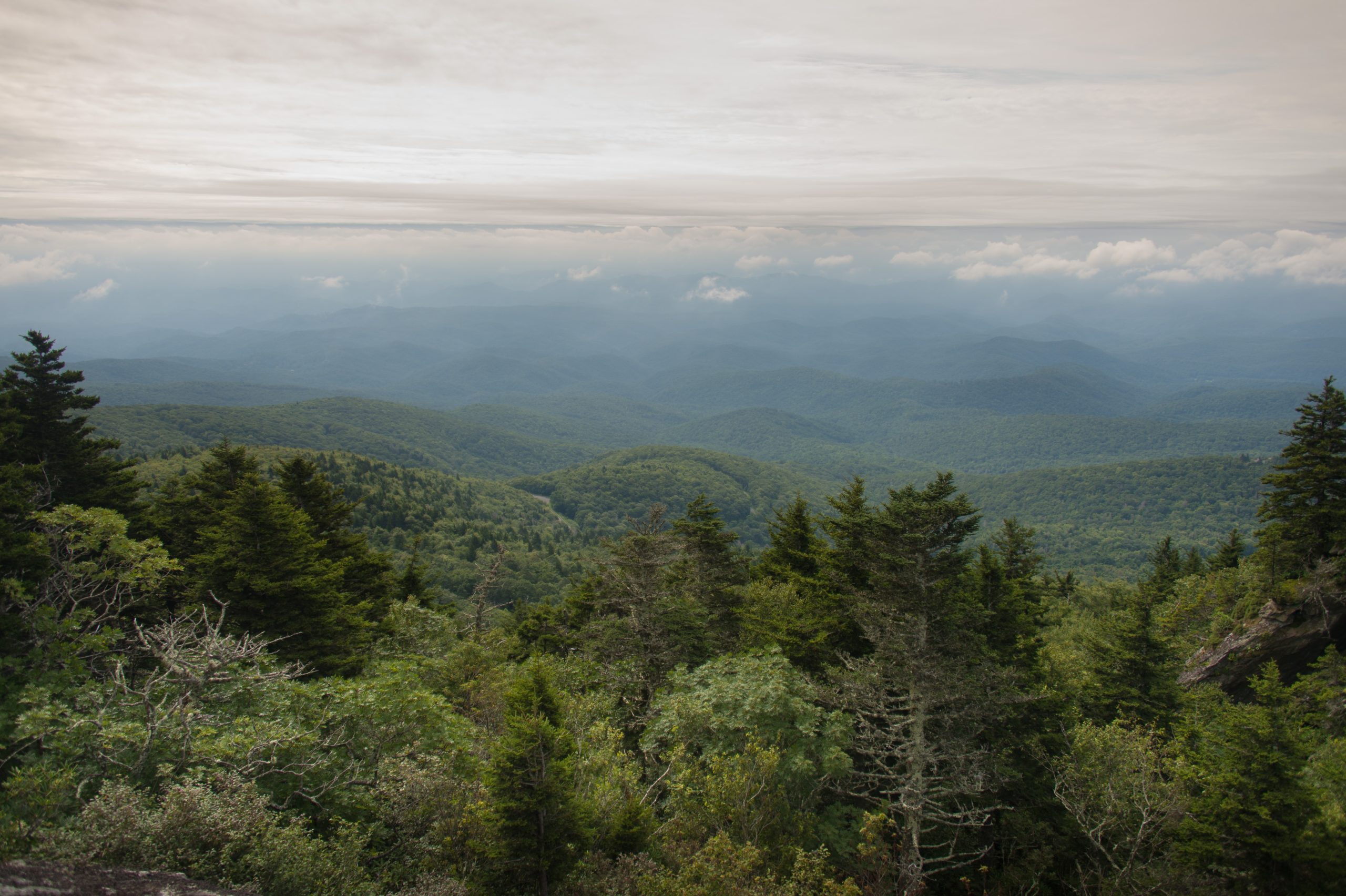Nature Photography
Become a nature photographer, and you can publish your work. You can take pictures and post them without problems if you don’t photograph people or private property.
I guess this is why so many people like photographing our national parks. If you photograph someone’s property, you cannot publish this without their written consent as a property release.
If you photograph a private ranch, for instance, with a barn on it, that property owner can come after you to publish photos of their property.

News Photography
Become a news photographer and get your work published. You can also get a byline. The First Amendment protects your right to take photos and post them.
The First Amendment contradicts people’s right to privacy if they are in a public space for news reporting and social, political, and economic commentary. So basically, as long as the photographer is standing in a shared room, anything they can see from that spot is legally protected from photographing for news reporting purposes.
Being on public property is how the paparazzi get photos of celebrities and not break the law. It is OK to do if they are on a mountain road overlooking a celebrity’s backyard and shoot with a long lens. Same with being in a helicopter since the airspace is legal as well.
If you want to photograph people and do so without getting model releases, you can work for one of these news outlets because you are working for the greater good of society.
The greater good is more about taking photos of things we need to know to make our communities safer or we need to know about protecting our rights from those who are trying to take those away. So photos of traffic accidents help the community put up traffic lights at intersections which reporting has shown to be dangerous.
Photographs showing companies’ polluting our streams or documented illegal dumping have held them accountable. Just think of the reporting of the Exxon Valdese and BP’s oilrig in the gulf that polluted our water.
You don’t publish your photos.
If you never publish your photos in print or on the web but take them and leave them on your computer, for example, you don’t need a release. You are not using them in a way that impacts the subjects or property.

How you plan to use it is the issue.
So to summarize, taking the picture isn’t the issue for needing a property release or model release; it is how you use the photo that determines the need for a waiver.
A straightforward way to think of it is if you publish a photograph for trade or commercial purposes, you always need a release to protect you from a lawsuit.
When You Need A Release
Hopefully, you see if you want your photos seen, you most likely need a release. The link here is to an earlier post I did that will help you always have a model/property release with you at all times.

